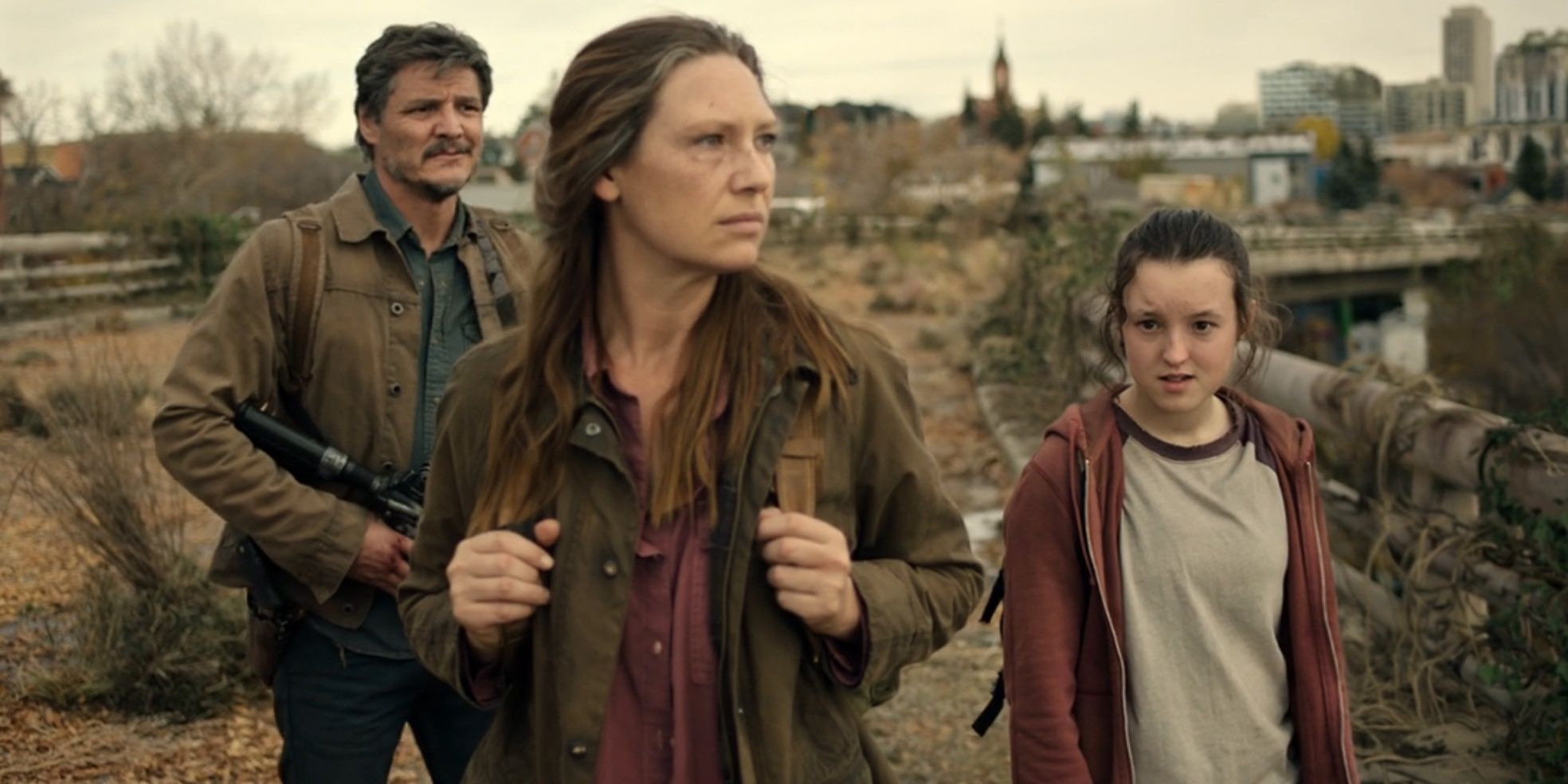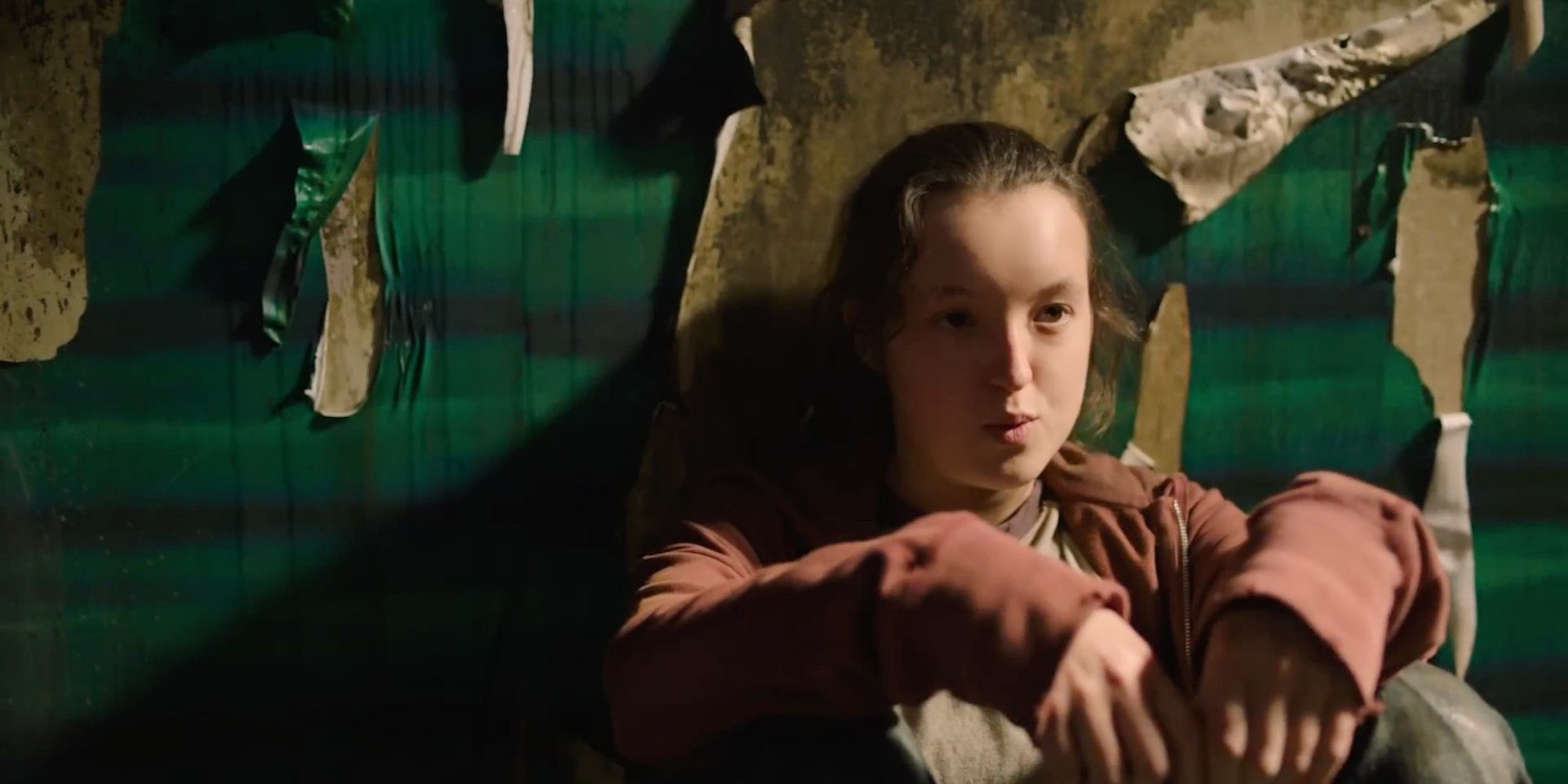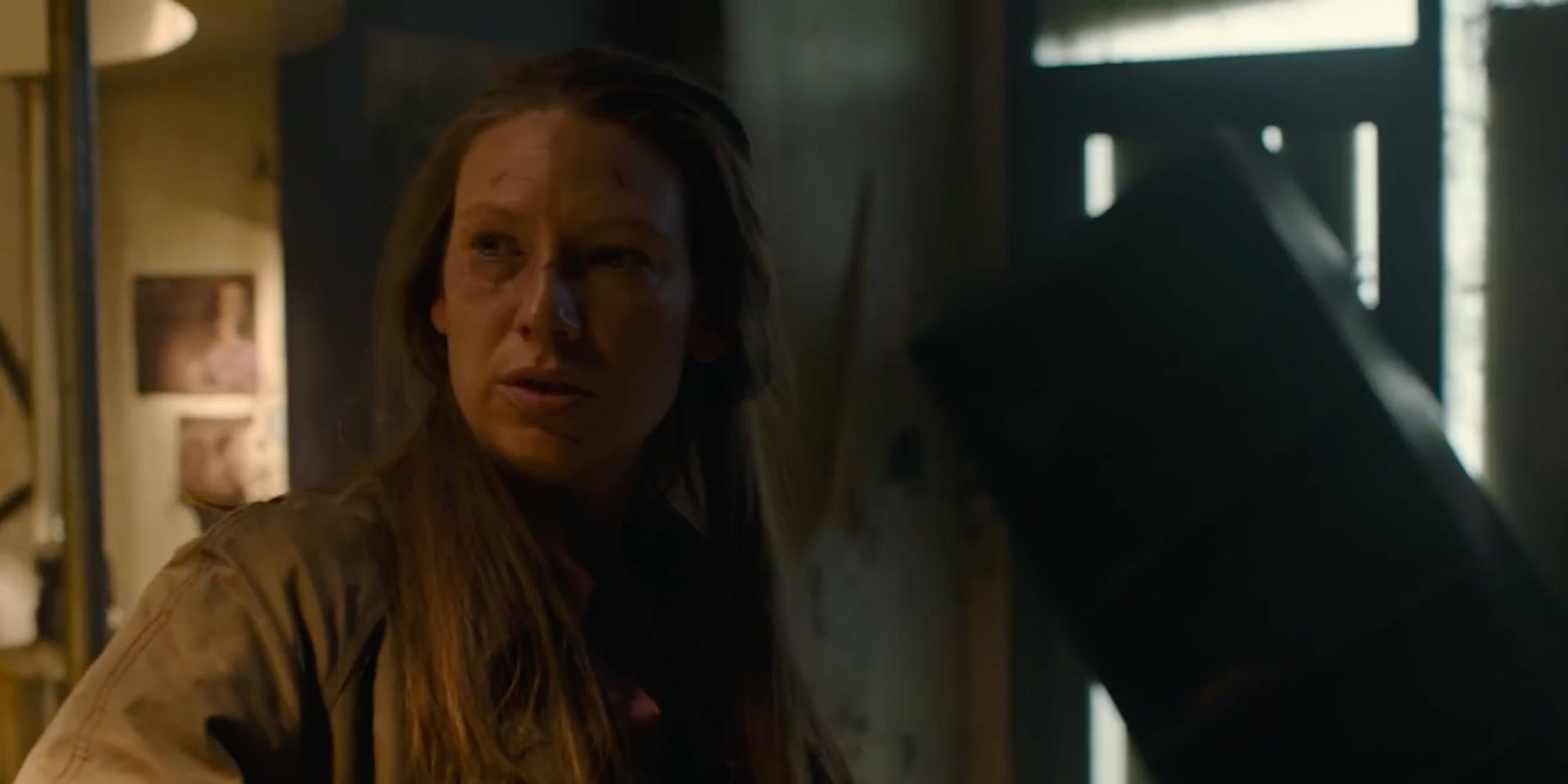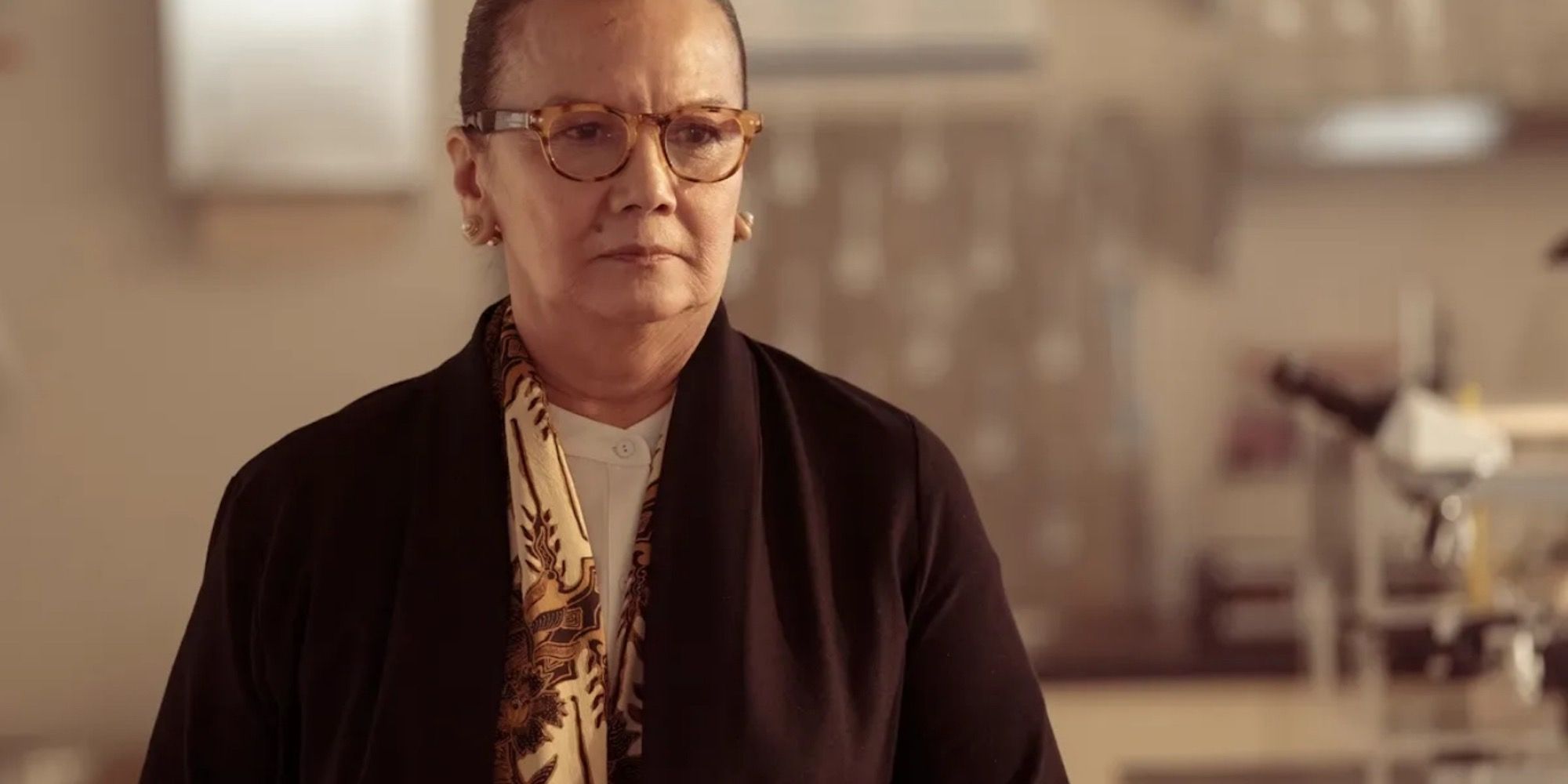This article contains spoilers for The Last of Us episode 2
The Last of Us is a game built on the principle that no one is safe from the grasp of death. It's an element kept pretty visceral within the context of HBO's hit video game series, The Last Of Us. If the prologue is any indication, death does not spare even those closest to Joel in Sarah Miller's story beat. But does the element of death hold up better within the game or the show?
Back in Episode 1, viewers got a taste of how The Last of Us deals with the concept of death, as Sarah Miller is violently shot by government officers, taking away the one thing Joel had ever cared about. Surprisingly, the series begins strongly in this approach by expanding on this story to make both viewers and game fans care about Sarah by including vignettes of her and Joel's life together before her life is taken from her. Fans and viewers have to say a difficult goodbye to a pivotal character right from the start of the show, and the show works to convey to its audience that no one is immune from death.
This theme is again tragically addressed in Episode 2. In addition to witnessing a significant character die in this episode, viewers also receive some important plot developments for both Joel and Ellie. Joel and Tess are sent on a special mission by Marlene in regards to secretly moving Ellie to the Massachusetts State House. When they are there, they will be given everything they need to depart for QZ and journey to Wyoming.
The plan almost doesn't work out as expected when Ellie is discovered to be infected, but it is determined that she is virus-immune. After taking a shortcut through the museum, they have a less-than-desirable encounter with the Clickers, before making it to their destination, only to discover a myriad of dead bodies when they reach their destination. It seems that the infection got them first, leaving their provisions and ammunition up for the taking.
Joel thinks it's all bad news and wants to leave right away, but Tess explains she can't because she was bitten while they were taking a shortcut through the museum. Tess makes an effort to explain her worries to Joel, telling him that he must do everything in his power to get Ellie to the west so they can figure out what else can be done to stop the virus.
While killing an infected survivor, it awakens a horde that was alluded to earlier in the episode, and viewers get to a point in the episode where Joel has little to no time to make an important decision. For Tess, her fate is already sealed. She sacrifices herself by using barrels of gasoline and explosives so that Joel and Ellie stand a chance to get away.
However, more virus-ridden survivors follow her in, but they surprisingly do not attack her; in fact, it's almost poetic and intimate how they welcome her in. It kisses her, and the tendrils flow within her mouth. Even though Tess has experienced the virus in a very unique, intimate, and connected way, the duality of this is that she is still giving up her life for the greater good. Once the State House blows up, Joel and Ellie are left to continue the mission with one fewer character, proving that Tess's sacrifice was not in vain and completing their intended goal.
While the show has a poignant and profound way of making such a great character leave its fans and viewers, it feels like viewers didn't get to see the kind of character that Tess was. In many ways, fans of the game got to spend more time with her than the viewers of the show did. Tess' death is less impactful than Sarah's because viewers only know a portion of her at this point, whereas more time was spent making viewers care about Sarah's death. With such lengthy episodes, the viewers, surprisingly enough, do not get enough time with her as a character for this sacrifice to hit quite as hard. While viewers take a trip back to past events in Jakarta, where the outbreak started, to see a different kind of sadness for humanity, there's not enough build-up for the emotional impact of Tess' loss.
While giving the viewers more knowledge of the virus and showing a more human aspect of what the world was going through had its points, following Episode 1's formula would have made it easier for fans and even viewers to care about Tess' death. An opportunity to use the episode to show her life before the outbreak would have made for a fantastic ending. Here she is only used as a tool to progress the story forward, making her death useless.
Whether viewers agree that the game made more use of Tess than the show did is up for people to decide. Tess has a stronger presence with the characters and has more of an impact, making her death have more emotional weight even though players never get to play as her and have no personal responsibility to care for her character. A sad fact to point out is that it's too late to explore a character that had so much potential. Gamers had a better narrative journey with Tess, despite both sides not giving her a more developed backstory.
Episode 2 had some great points of interest, diving deeper into the lore of the virus, and taking us back further into the past to see what life was like before the present day. However, episode 1's strategy proved more effective, showing viewers they can explore different characters' lives without risking story authenticity. Here's to hoping Episode 3 breeds similar results to Episode 1 moving forward.







